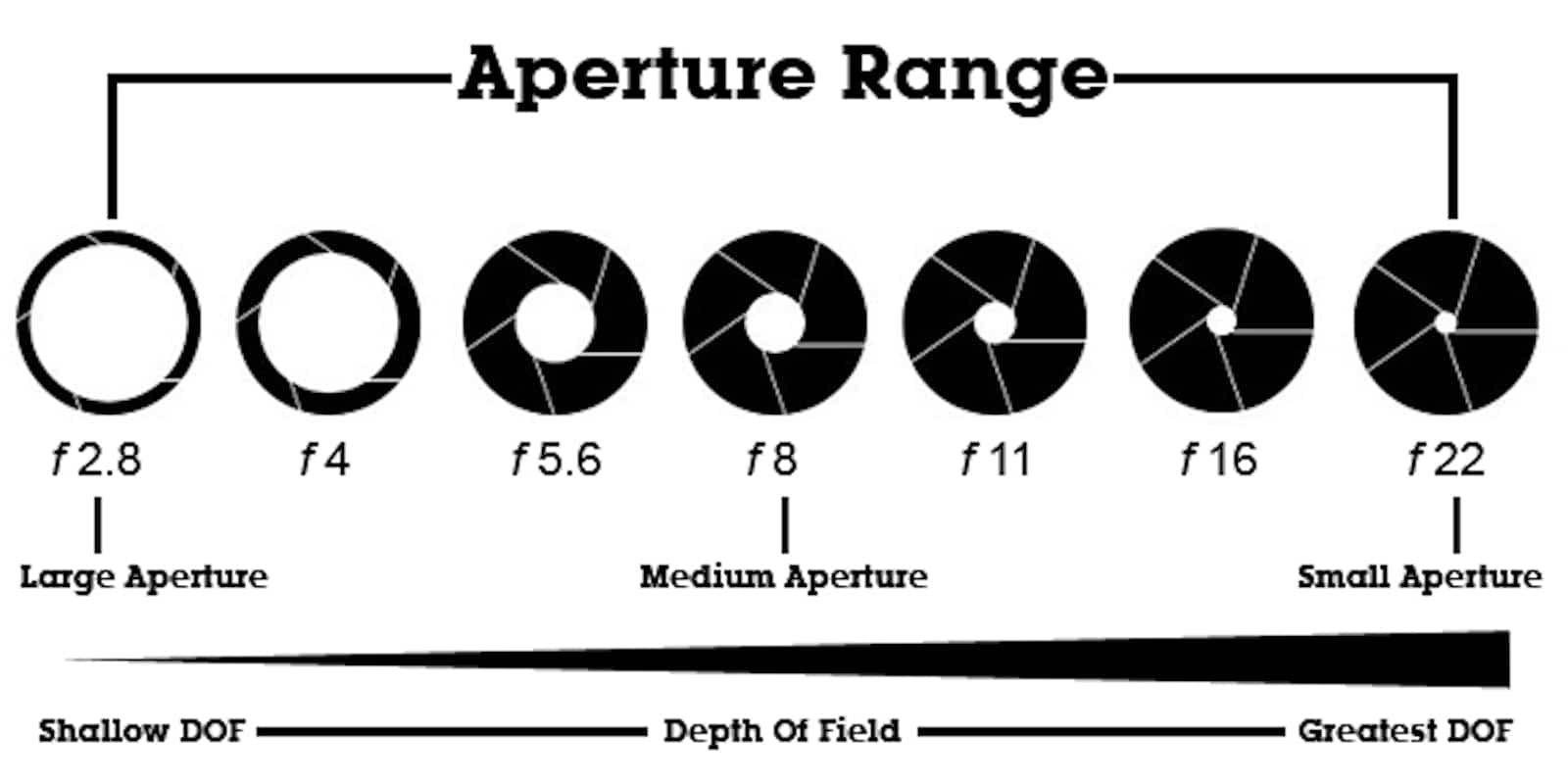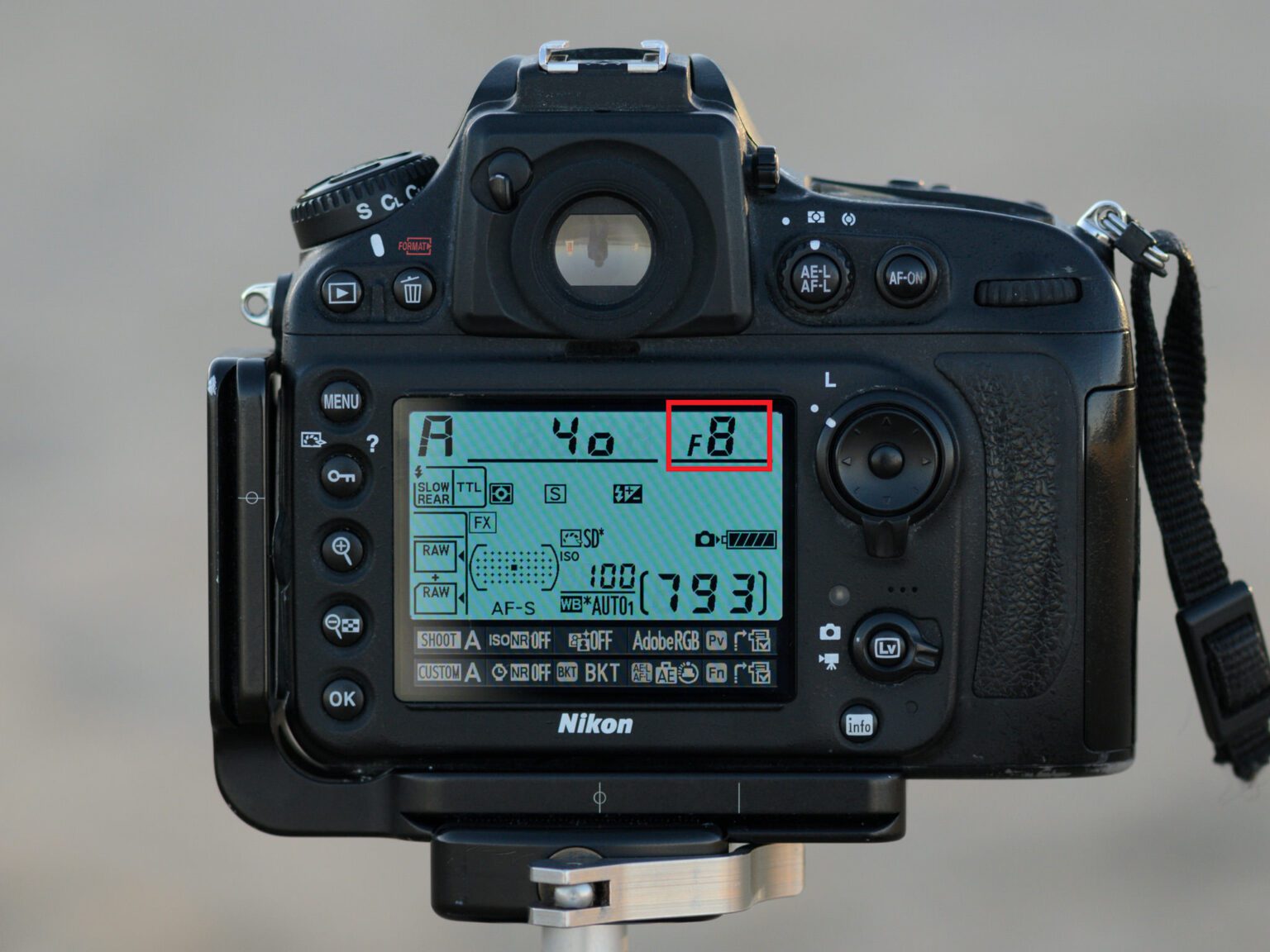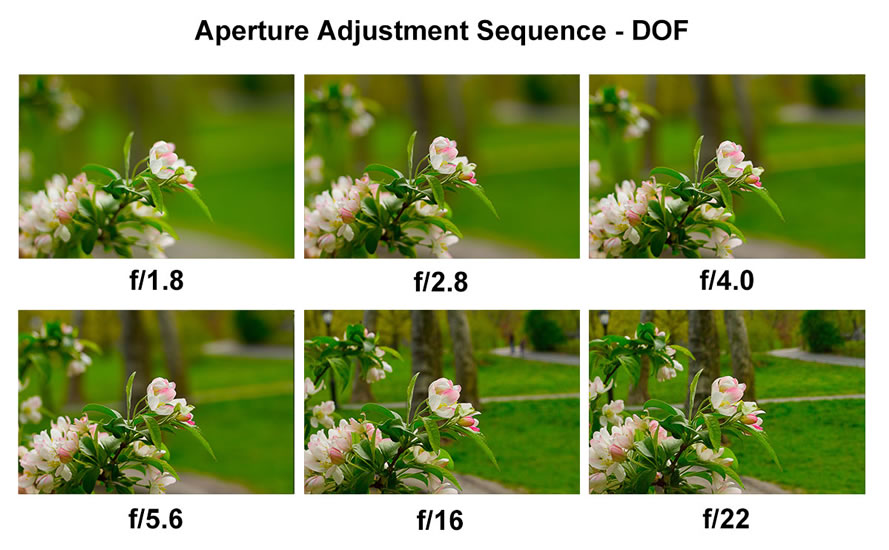
It's very clever, but it's not completely foolproof. It works out how much light should enter the camera to make a correct exposure. Make your chosen landmark completely blur out of focus and find some foreground detail that will stay in-focus and provide enough information to explain to the viewer what the background object is.Your camera's metering system plays a vital role in picture-taking. The problem with landmarks is they are popular photographic subjects but by introducing blur, you can create a shot that not many other people will have taken. Try to not make your shapes too small or complicated as they won't stand out very well in your final shot but ensure they are not bigger than your aperture either. You need to decide on a shape, cut it out of the card then fast the card around your lens like you would a lens hood. You don't just have to settle for circular out of focus highlights as you can use black card and a pair of scissors to change the shapes that appear. You'll need to stand a few feet away from your subject and do check your white balance to help ensure the lights in the background are glowing the colour they're meant to be. The Bokeh effect of shooting on a long lens with a wide aperture will turn background lights on city streets into circles of glowing colour, making them a perfect background for portraits. You could try blurring part of the foreground as well as the background to create a frame for the subject During the summer, if you live near a rapeseed field try isolating a specific flower or part of the field out to draw attention to it.

It works great on blades of grass, insects and small flowers. Try f/5.6 or f/8 and use the camera's depth-of-field preview button to check the aperture's effect on the background. The aim is to get as much of the subject in focus as possible without losing the nice blurry feel but don't over blur the shot as this will distract from the subject. You need to use a wide f stop to get the right effect. Yes, if you use a shallow enough depth-of-field a blade of grass can look pin-sharp and picture-perfect against a very blurry background. With a shallow depth of field, a simple blade of grass can look amazing! A blade of grass? We hear you cry. The traditional landscape has front-to-back sharpness, however, having something in your foreground that's perfectly sharp while the scene in the background is thrown out of focus gives the more common landscape shot a creative twist. When you think of landscapes, using a shallow depth of field isn't probably something that fist springs to mind. If your camera has it, use the depth-of-field preview button as it's a really useful tool to allow you to visualise the amount of sharp focus in a scene.

#Small aperture vs big aperture portrait manual
Using manual focus can help although switching to single-point mode when using autofocus should be fine for most subjects. Use longer focal lengths rather than wide-angles and use a tripod where possible as the smallest of movements can change the focus and potentially spoil your shot. You want to, ideally, close the distance between the camera and subject but have as much distance as possible between your subject and the background. Switch to manual or Aperture Priority as you need to be able to control your aperture. Larger apertures (smaller f numbers) give you a shallower depth of field and help create the blurry, out of focus backgrounds we are after.Īlthough the main way to control depth of field is with the aperture the positioning of yourself and your subject can also enhance the blur. Choose used and get affordable access to kit that doesn’t cost the earth.

Every month, visual storytellers sell more than 20,000 cameras and lenses to MPB. MPB puts photo and video kit into more hands, more sustainably.


 0 kommentar(er)
0 kommentar(er)
